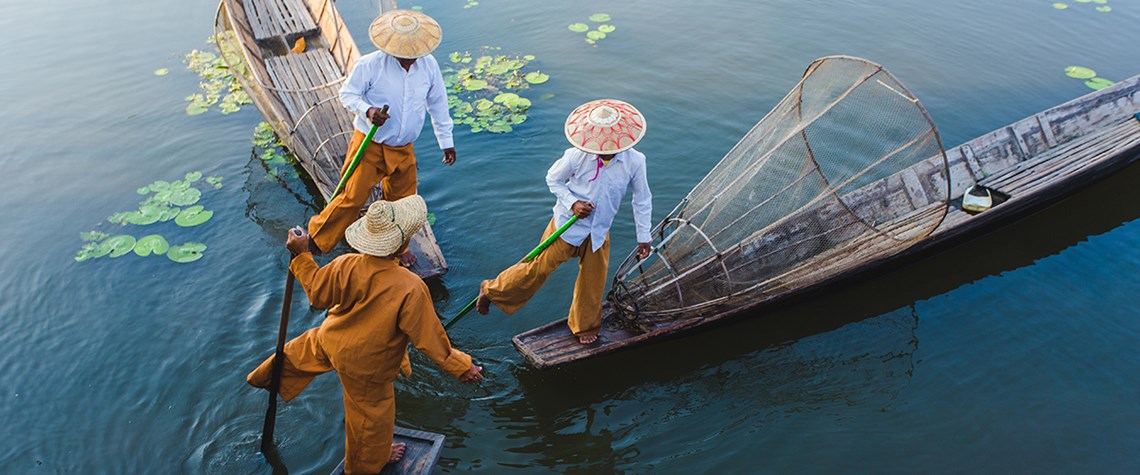Myanmar rejuvenation time
International interest in the country's upstream has waned lately. New investment laws about to come into force could help
In the 18 months since elections put Aung San Suu Kyi's National League for Democracy (NDL) in power in Myanmar, the oil and gas industry has been sitting on its wallet. Normally the biggest contributor by far to Myanmar's foreign direct investment (FDI), the offshore oil industry has hardly made a dent in the $6.87bn invested from abroad in the most recent fiscal year. Its near absence in the latest figures compares with the 40-50% of FDI that came from the (mainly upstream) industry in 2014 and 2015, before the election. This is also wildly out of sync with Myanmar's history of attracting inward investment. According to official figures, as of February 2017 oil and gas investments accounte

Also in this section
12 December 2025
The latest edition of our annual Outlook publication, titled 'The shape of energy to come: Creating unique pathways and managing shifting alliances', is available now
12 December 2025
The federal government is working with Alberta to improve the country’s access to Asian markets and reduce dependence on the US, but there are challenges to their plans
11 December 2025
The removal of the ban on oil and gas exploration and an overhaul of the system sends all the right messages for energy security, affordability and sustainability
10 December 2025
The economic and environmental cost of the seven-year exploration ban will be felt long after its removal







